Filter News
Area of Research
Media Contacts
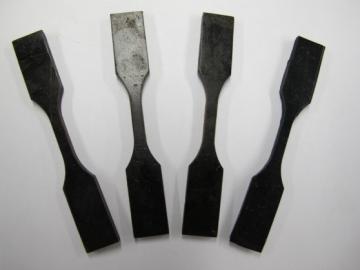
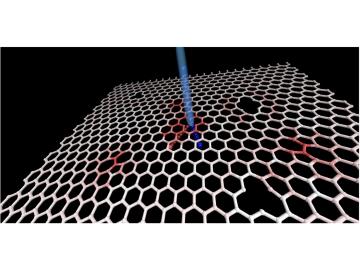
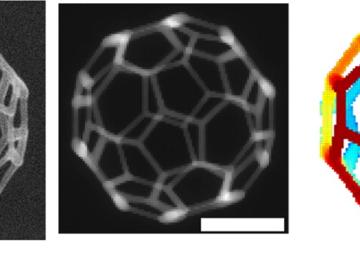
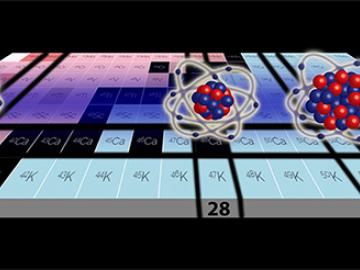
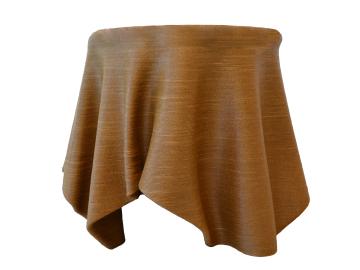

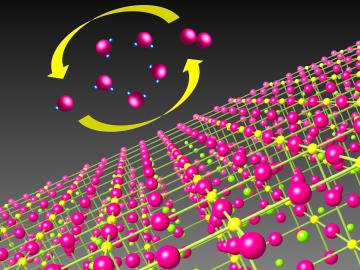
Catalysts make chemical reactions more likely to occur. In most cases, a catalyst that’s good at driving chemical reactions in one direction is bad at driving reactions in the opposite direction. However, a research team led by the Department of Energy’s Oak Ridge National Laboratory ...
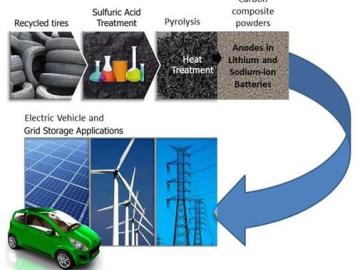

A successful test of 3D-printed thermoplastic molds demonstrates the potential of additive manufacturing in the tooling industry. Researchers at Oak Ridge National Laboratory’s Manufacturing Demonstration Facility collaborated with a team of industry partners to 3D-print and machine se...
![In unbound calyx[4]pyrrole, two pyrrole “petals” are flipped up and two, down. In unbound calyx[4]pyrrole, two pyrrole “petals” are flipped up and two, down.](/sites/default/files/styles/list_page_thumbnail/public/news/images/anion_hr5_0.jpg?itok=sGtLzH0E)
Atomic charges in chemical solutions are like Switzerland—they strive for neutrality. The tendency to balance charges drives dynamics when charged atoms or molecules, called ions, are present in solutions. Recently, researchers at the Department of Energy’s Oak Ridge National Laborat...




